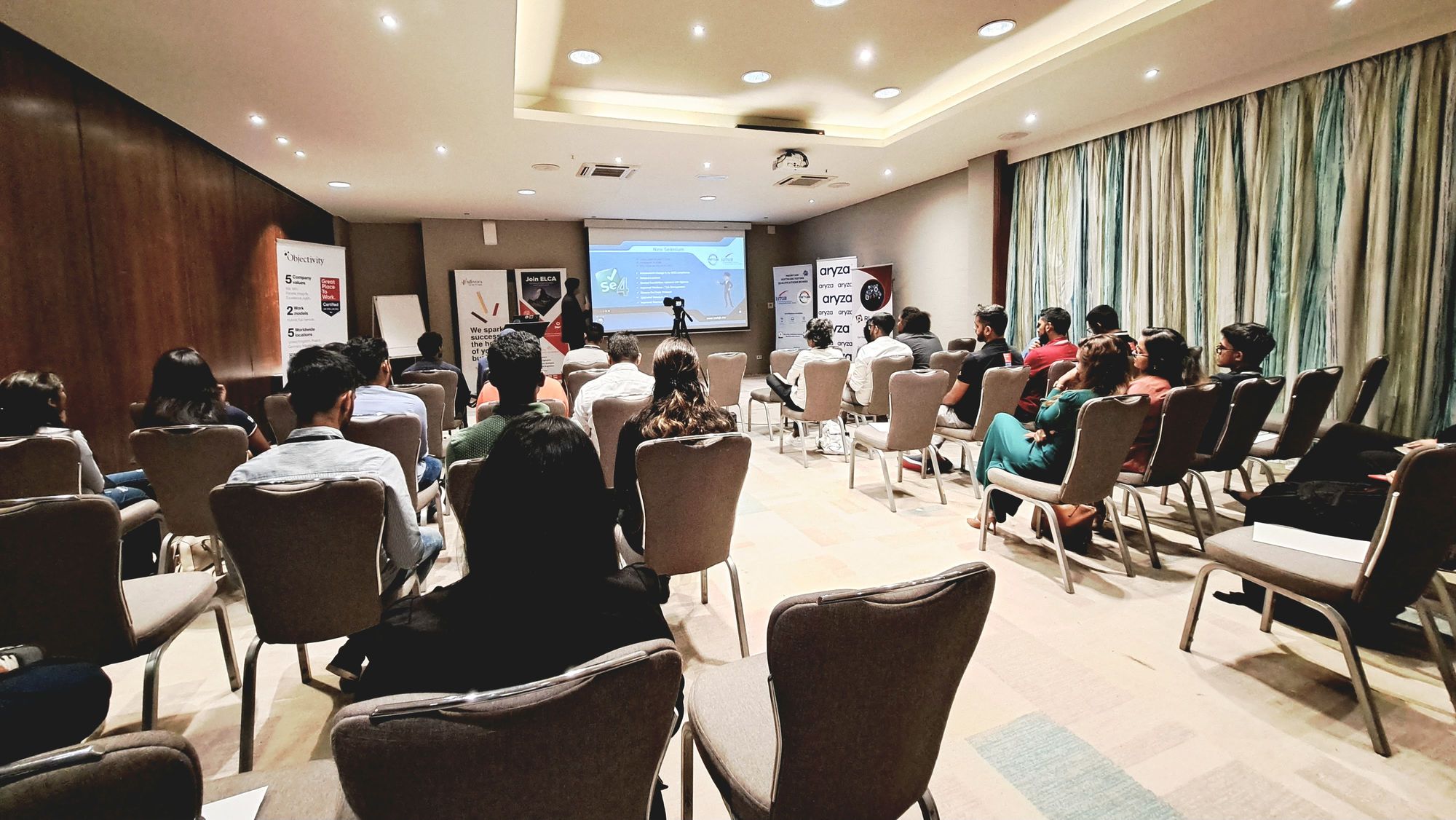Things I'm learning participating in the Test Conference in Mauritius.
The behind-the-scenes process. What ideas did we come across to present at the Test Conference? What are the limitations I encounter? And some other thoughts and ideas ... #testconf #process #testing #qa

The second Edition of the Mauritius Annual Test Conference.
What topic to choose?
When you work in the Enterprise Software Development world, you learn about a lot of processes and technologies esp. in organisations that are highly innovative.
Topics that stand out based on their innovation and the problems they solve:
- Running tests on multiple devices and screen sizes using BrowserStack
- E2E Testing using Selenium, Angular & ASP.NET In Memory Test Server
- Mobile App Automation (iOS & Android) with Appium
My experience is that Mobile App Test Automation is really demanding even using the best testing framework Appium.
API
The first idea we have is to develop an intermediate API to launch our tests. I start coding it in ASP.NET but soon realise that it's not easy to run long-running command line. This is important if we wanted to run Percy CLI commands.
Incidentally, the dev cert in my machine has expired; but running this fixes it:
To generate a developer certificate run 'dotnet dev-certs https'. To trust the certificate (Windows and macOS only) run 'dotnet dev-certs https --trust'.
Here's an example of how to start a process with C#:
string strCmdText= "/C copy /b Image1.jpg + Archive.rar Image2.jpg";
System.Diagnostics.Process.Start("CMD.exe",strCmdText);Working with a Selenium .NET Functional Test prototype:
I notice that the element CSS styles that are generated differ from screen sizes and browsers esp. values that are more dynamic e.g. padding/margin.

These values are computed in different ways.
As such, using them to check for regression in UI is not a good idea. In fact, in a large application with multiple pages and/or components, you will never finish.
That's the problem Visual Testing aims to address.
How do I plan the slides?
I start with the outline first and then brainstorm a few lines for each section. I ensure using a timer to avoid adding too many details.
I continue with my work for the day and edit the content the next morning with a fresh mind before sending it to the core team with little modifications.
Once I receive the feedback that the content is good, I prepare the individual slides.
